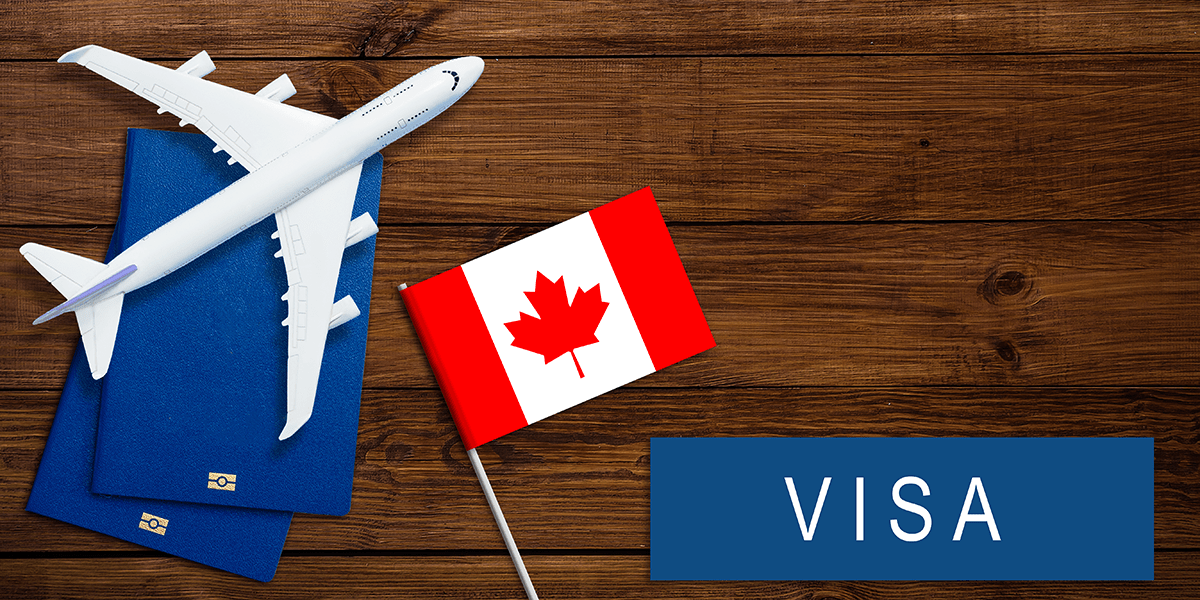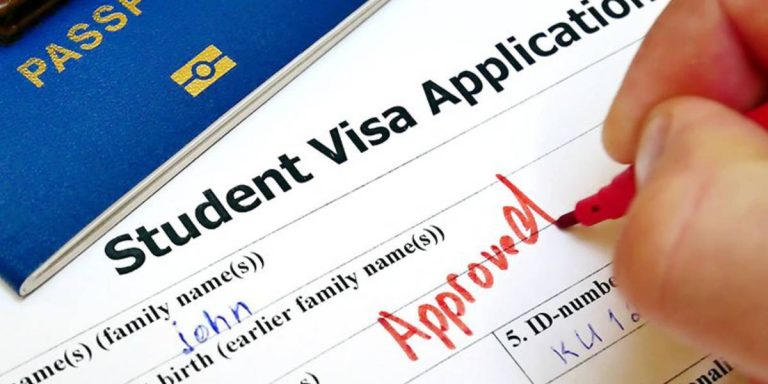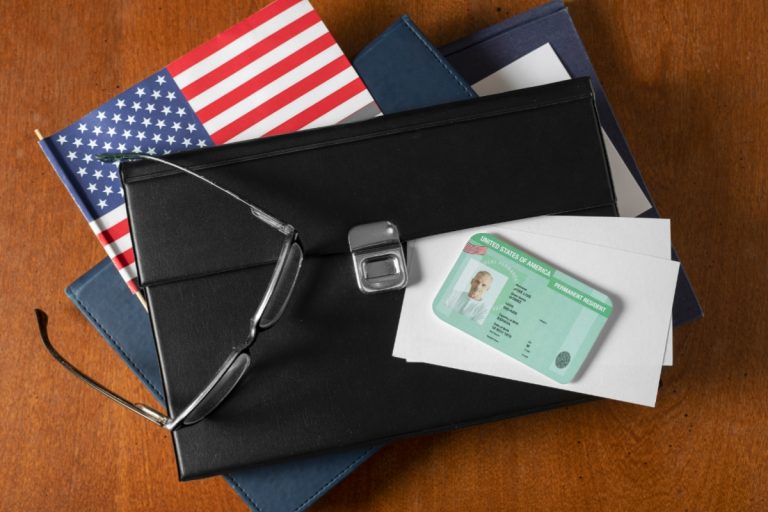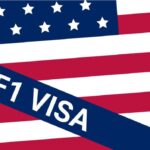Applying for a Canada visa can be so overwhelming but this guide will give you some clarity, practical steps, and peace of mind.
It also promises value thus to cut stress and boost approval chances.
Understanding the Canada Visa System
Different categories of visas explained
-
-
Visitor visa | Super visa | Temporary resident visa | Work permit
-
Here’s why Canada Visa Applications Feel Stressful
-
Rising application costs | Lengthy waiting times from IRCC | Complicated paperwork requirements | The emotional pressure of immigration
Core Canada Visa Requirements
-
Passport and travel document rules | Proof of financial stability | Employment and family ties
-
Letters of invitation (for visitor visa or super visa)
Step-by-Step Guide to Canada Visa Application Online
-
Creating an IRCC account | Uploading documents | Paying fees
What Happens After You Apply
-
Biometrics appointment explained | Medical exams and background checks | Tracking your file online
Biggest Visa Mistakes
-
Forgetting key documents like passport or travel document | Weak proof of ties to home country
-
Misunderstanding temporary resident visa rules | Not booking biometrics in time
The Role of Citizenship Canada and IRCC
-
How citizenship Canada handles policies | The function of IRCC in processing | Why delays happen
Exploring Short-Term Options
-
When a visitor visa makes sense | The unique benefits of a super visa | Rules for transit visas
Long-Term Options Beyond a Temporary Resident Visa
-
Pathways from work permit to permanent residency | Study permits and student routes | Support for refugee claimants
Life After Visa Approval
-
Entering as a temporary resident
-
At the airport: checks for passport and travel documents
-
Understanding immigration conditions
Common Questions Around Work Permits
-
Do you need a job offer? | Can you change employers? | How a work permit transitions into PR
The Human Side of Canada Visa Stress
-
Real stories of families waiting on visitor visas
-
The uncertainty for students waiting on work permits
-
Emotional toll of being in limbo
Strategies to Reduce Visa Stress
Preparing documents early | Using checklists for visa application steps |Double-checking before you submit
Canada Visa Myths and Misconceptions
“Everyone gets refused the first time” myth | “A tourist can just stay” myth | “Work permits guarantee PR” myth
Final Thoughts
-
Key takeaways about Canada visa requirements | Encouragement to prepare carefully | Reminder that success is possible
FAQs
-
How long does a visa application take?| Do I need biometrics for every application? | Can a refugee apply for a work permit? | Do I need a transit visa if I don’t leave the airport? | How do I renew a visitor visa?







